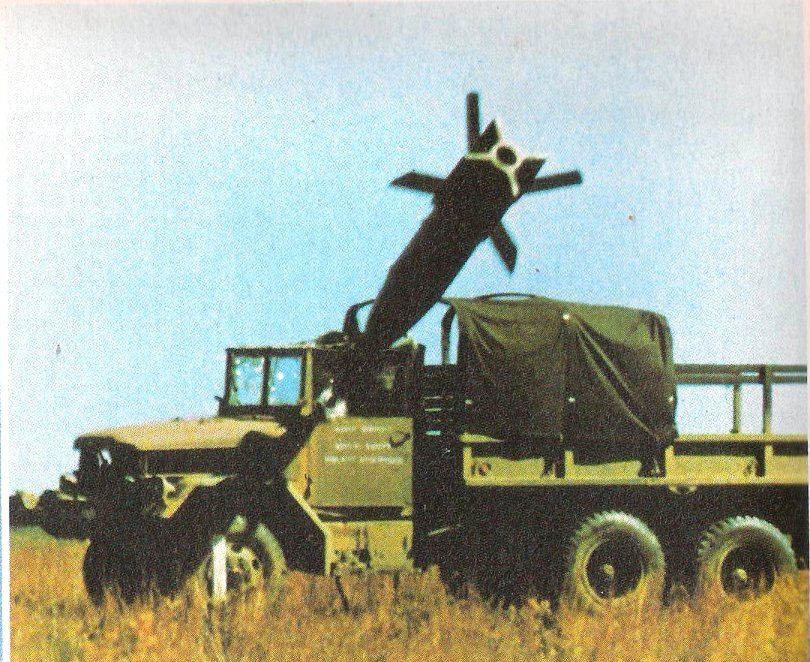shiv wrote:Valid question. I am sure you will be able to find the answer if you search. My interest was never in an equal number of heavier dumb bombs. I am talking about an equal number of heavier smart bombs that are slightly less accurate, but the difference in accuracy is made up by explosive power. A 5 meter miss by an SDB carrying a mere 20 kg of explosive would be ineffective while 5 meter miss with a bomb that has 100 kg of explosive would still kill the target.
The L-SDB (based on the SDB I) packs about 95kg of explosive.
What you're referring to is the SDB II which is intended for use primarily against mobile targets. And with a tri-mode seeker GPS/INS+MMW+IIR, the chances of it missing a target (let alone by 5 metres) are minuscule.
Unfortunately few people seem to understand the point that SDBs were made ridiculously light on explosive power because they had to be fitted into F-22 bays in larger numbers. And because they are ridiculously light on explosive power they require a whole lot of extra guidance infrastructure to take their accuracy (CEP) from the more easily attained 10 meters to less than 2 meters.
Israel:
Spice 250
France:
AASM 125
UK:
SPEAR III
China:
LS-6/100
The F-35 will carry 8 SDBs when that is thought to be necessary; and it will carry 2 JSOWs if the latter are needed. For India it makes no sense to have puny SDBs without the heavier JSOWs as well. Let India get to JSOW level competence and then we can think about niche weapons like SDB if we find a compelling need,
1. If the munition's guidance and software are precise enough, a Litening G4 is more than capable of guiding an SDB-type weapon to within 2 metres of any target.
2. Drones or JSTARS aren't necessary for the above, but for the record, we will have both operational and enmeshed into the IAF's network by 2025.
3. That's more than sufficient to kill the majority of targets that the IAF will be tasked with (especially enemy air defences). An enemy radar or TEL hit by it will still be a write-off.
We're already developing our own JSOW-XL, so where exactly is the neglect?
A 1000-kg “glide bomb”, designed and developed by the Defence Research and Development Organisation (DRDO), was successfully tested on Friday by dropping it on from a fighter-aircraft over the Bay of Bengal, off the Odisha coast. -
Link
That's good enough for large targets like say... bridges. Eventually we will also have a lighter 500kg variant of the above allowing for true stand-off ranges.
Other than hitting moving vehicles (which only SDB II will do when it comes into service) the heavier JSOW can do everything the SDB can do and much more.
There are downsides to that as well:
- the typical fighter carries only two JSOWs, so can attack only
two targets in a single sortie compared to
eight targets when equipped with SDBs.
- the JSOW costs about 3 times more than even a laser-guided SDB would, and can therefore often be overkill for a target.
India would do well to develop something in between the JSOWs 250 kg explosive power and the SDBs miniscule 20 kg explosive power. I suggest making a 250 kg all up weight +/- glide smart bomb with 100 kg explosive power
That would be the L-SDB, which is likely what the DRDO is proposing as well.
Question for India is, do we face a small number of hard targets or a large number of light targets? The answer is we face both, and the proportion of the two should determine the proportion of heavy and light glide bombs we buy. But there little doubt that
both are needed.

